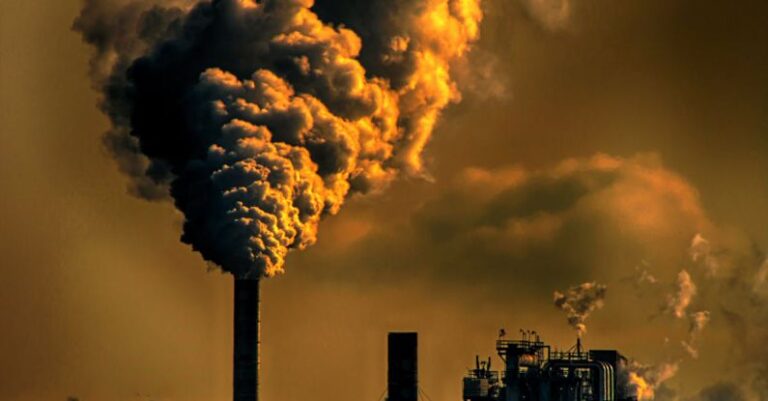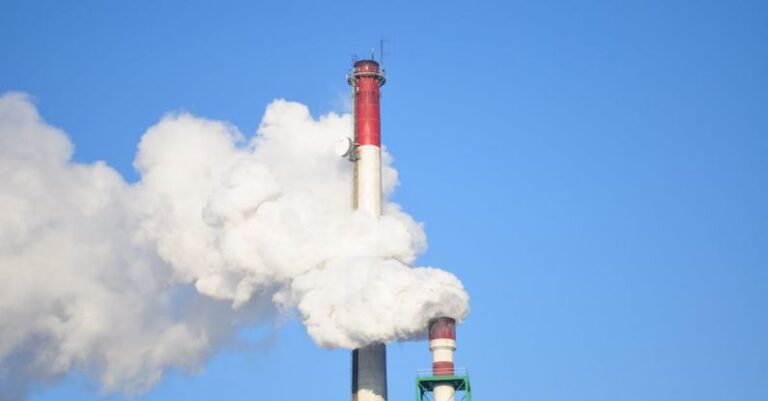
Protecting biodiversity is crucial for maintaining the balance of ecosystems and ensuring the well-being of all living organisms on our planet. Conservation efforts play a vital role in safeguarding the diverse array of species that inhabit the Earth. By focusing on preserving natural habitats, implementing sustainable practices, and raising awareness, conservation helps to protect biodiversity and promote the coexistence of all life forms.
Preserving Natural Habitats
One of the primary ways in which conservation helps protect biodiversity is by preserving natural habitats. Many species rely on specific environments for their survival, and disruptions to these habitats can have devastating consequences. Conservation efforts aim to protect and restore these ecosystems, ensuring that they remain intact and functional. By maintaining the natural balance of these habitats, conservationists can help safeguard the various species that call them home.
Conservation organizations work to establish protected areas such as national parks, wildlife reserves, and marine sanctuaries. These designated areas serve as safe havens for wildlife, allowing species to thrive without the threat of habitat destruction or human interference. By safeguarding these habitats, conservationists can prevent the loss of biodiversity and protect endangered species from extinction.
Implementing Sustainable Practices
In addition to preserving natural habitats, conservation also focuses on promoting sustainable practices that minimize environmental impact. Sustainable agriculture, forestry, and fishing techniques help to ensure that natural resources are used responsibly and that ecosystems are not overexploited. By adopting sustainable practices, we can reduce the negative effects of human activities on biodiversity and preserve natural ecosystems for future generations.
Conservation efforts also extend to addressing issues such as pollution, climate change, and deforestation. By advocating for policies that promote environmental protection and sustainability, conservationists work to mitigate the threats posed to biodiversity by human activities. Through education and outreach programs, conservation organizations raise awareness about the importance of sustainable living and encourage individuals to make environmentally conscious choices in their daily lives.
Raising Awareness
Another critical aspect of conservation is raising awareness about the value of biodiversity and the importance of protecting it. By educating the public about the benefits of preserving natural habitats and the threats facing wildlife, conservationists can inspire individuals to take action to safeguard the environment. Awareness campaigns, outreach events, and educational programs help to engage communities in conservation efforts and foster a sense of responsibility towards the natural world.
Through media campaigns, social media, and public events, conservation organizations highlight the beauty and diversity of the natural world, showcasing the wonders of wildlife and ecosystems. By sharing stories of successful conservation projects and the impact of human activities on biodiversity, they aim to inspire people to become advocates for the protection of our planet’s precious resources.
Conclusion: Safeguarding Biodiversity for Future Generations
Conservation plays a crucial role in protecting biodiversity and ensuring the continued existence of the vast array of species that inhabit our planet. By preserving natural habitats, implementing sustainable practices, and raising awareness, conservationists work to safeguard ecosystems and promote the coexistence of all living organisms. Through collective efforts and individual actions, we can help protect biodiversity for future generations and preserve the beauty and richness of the natural world.





